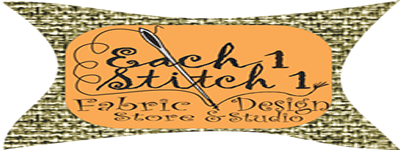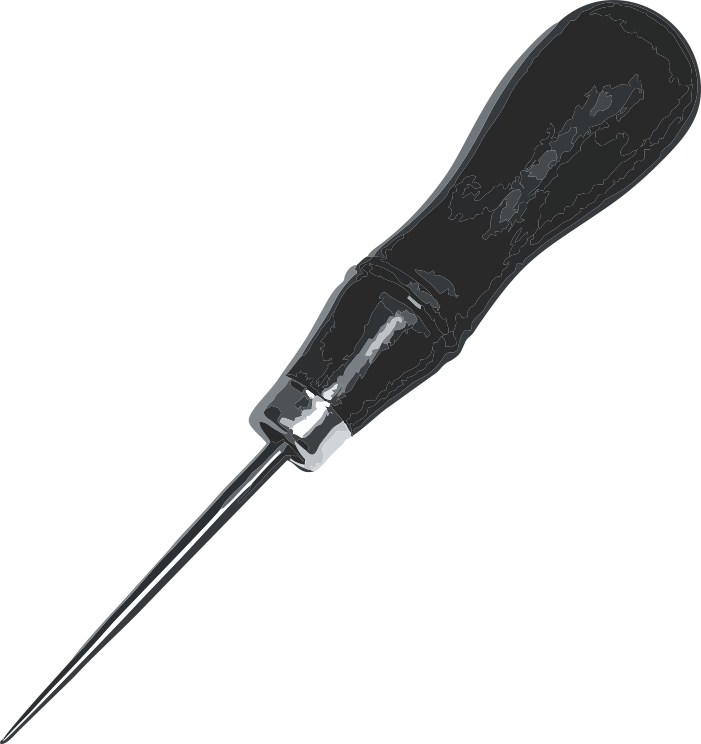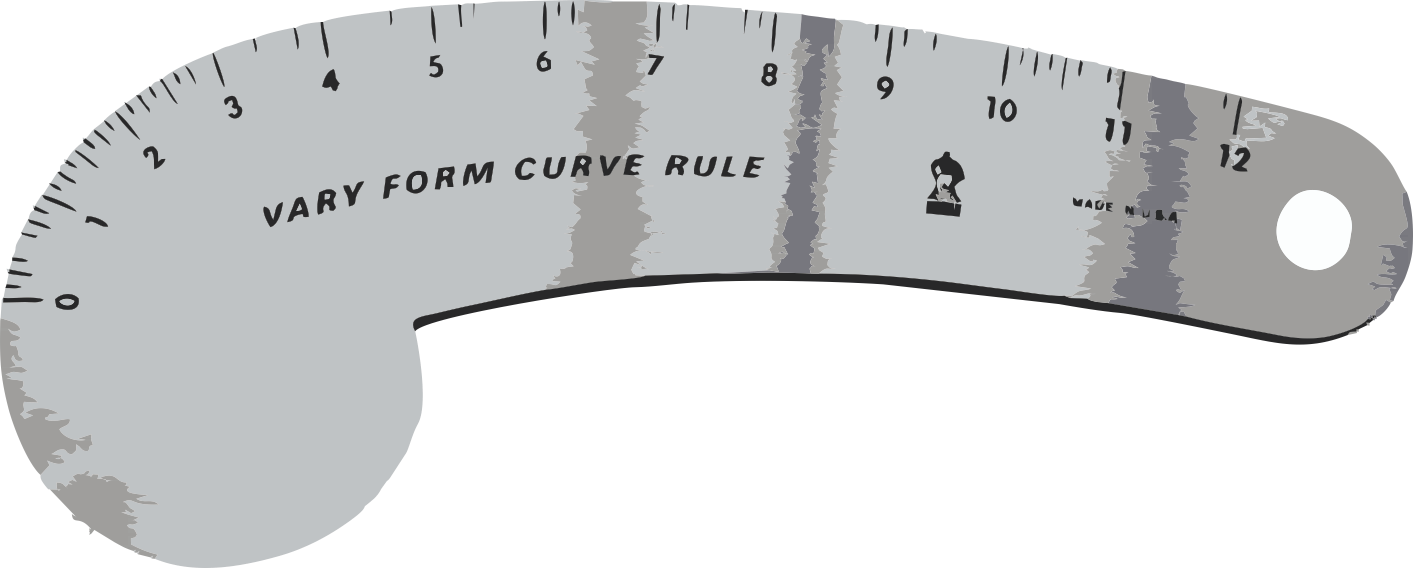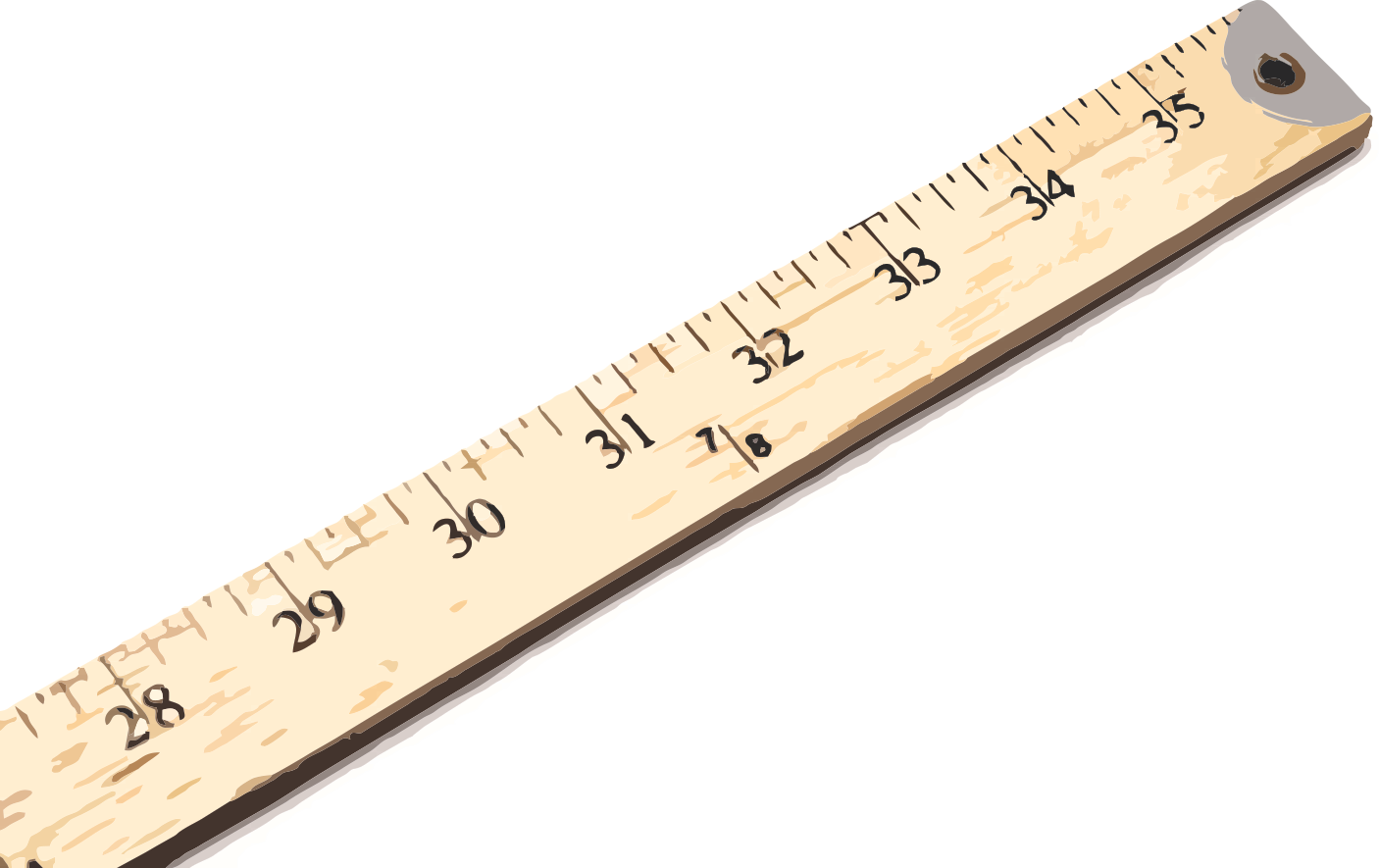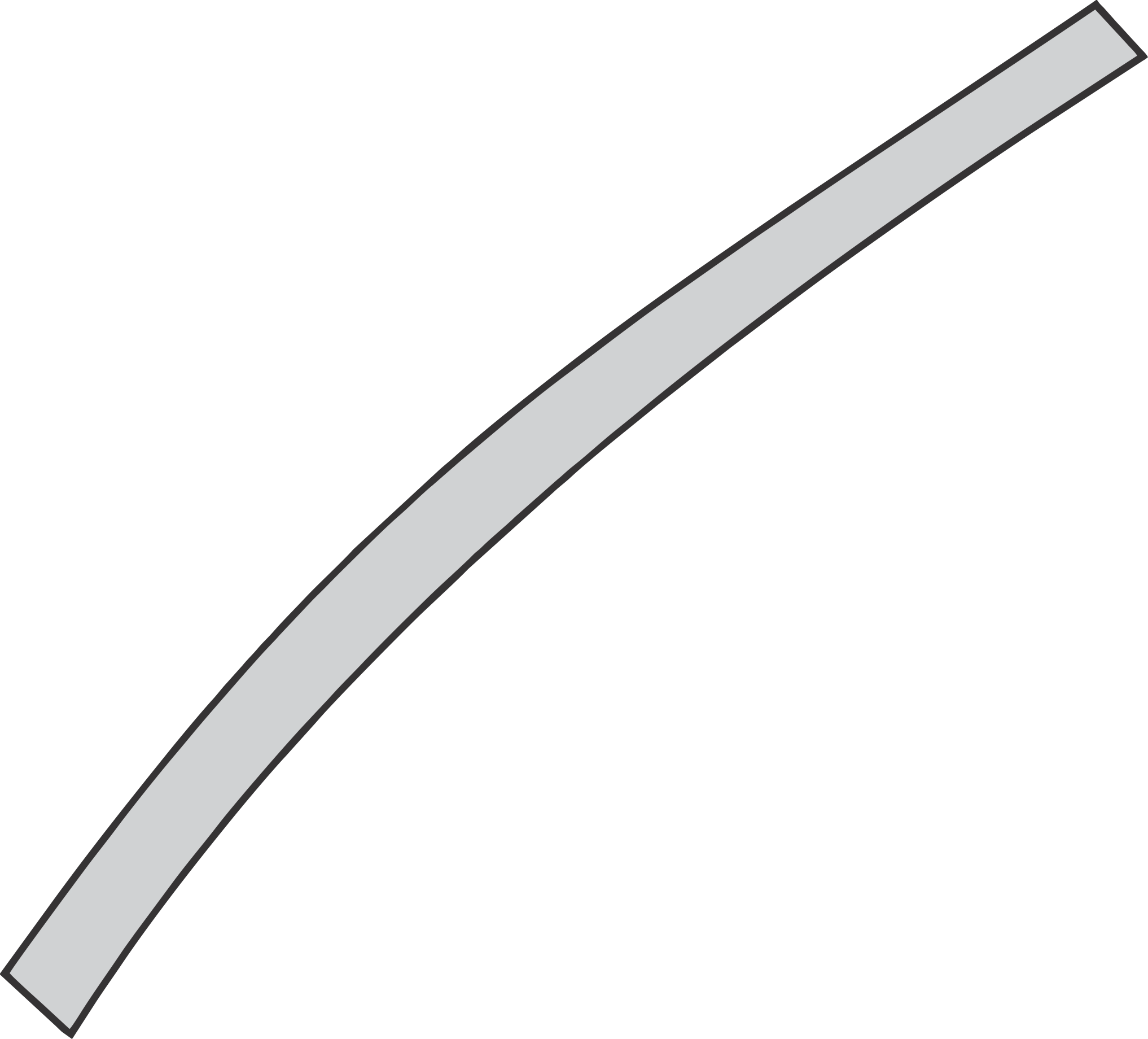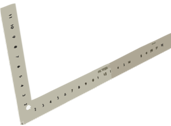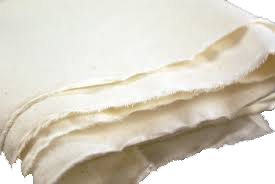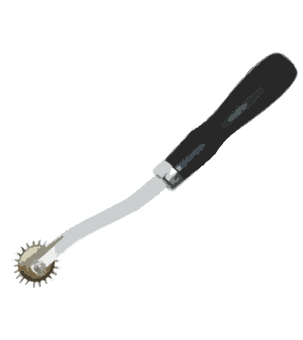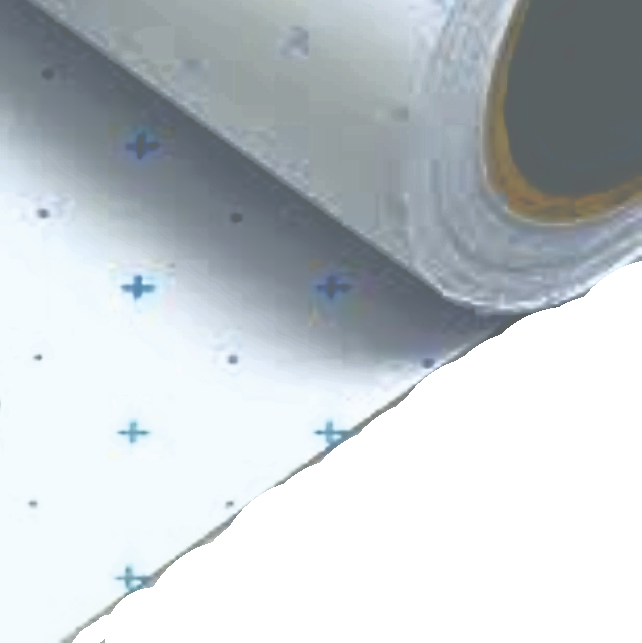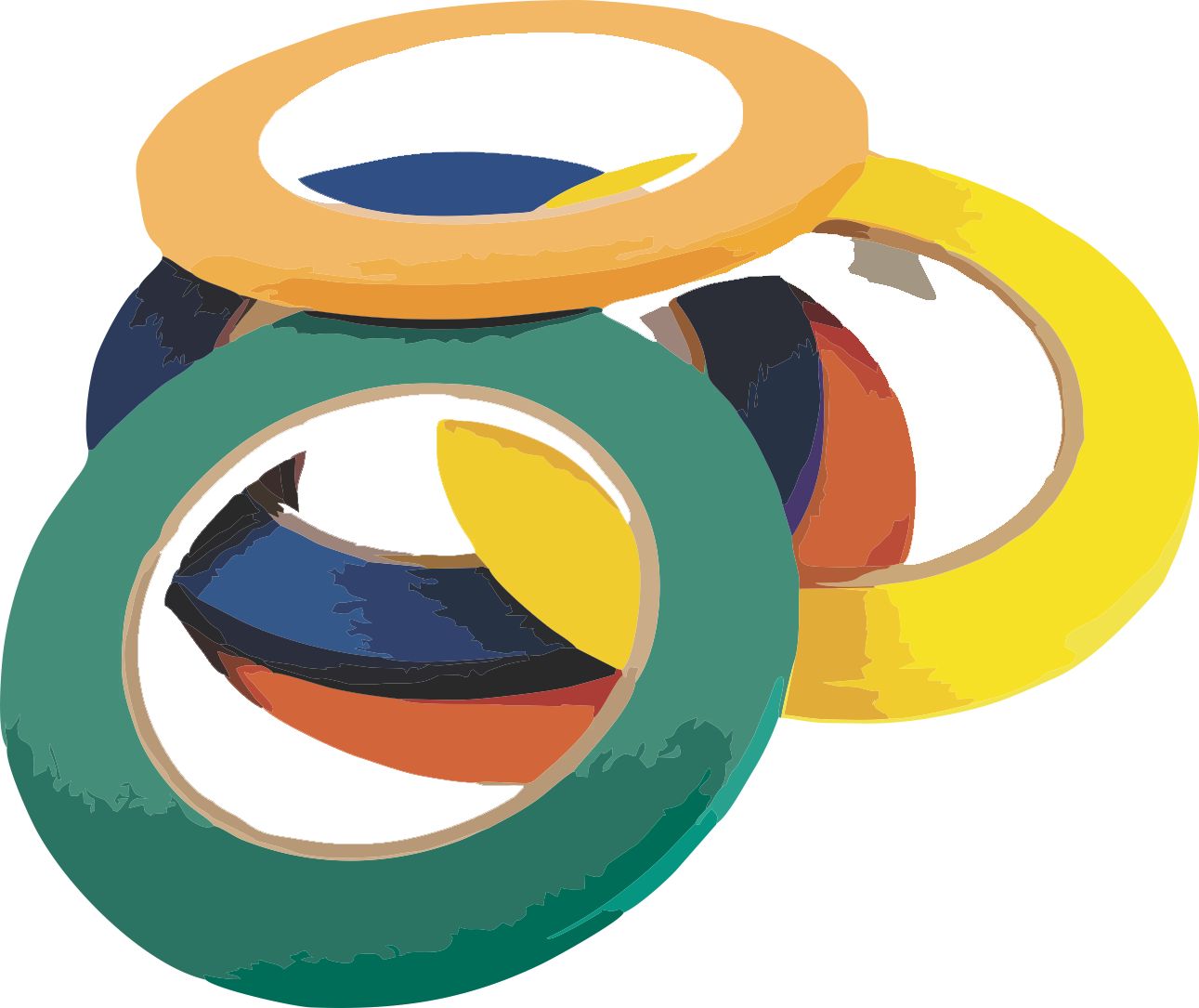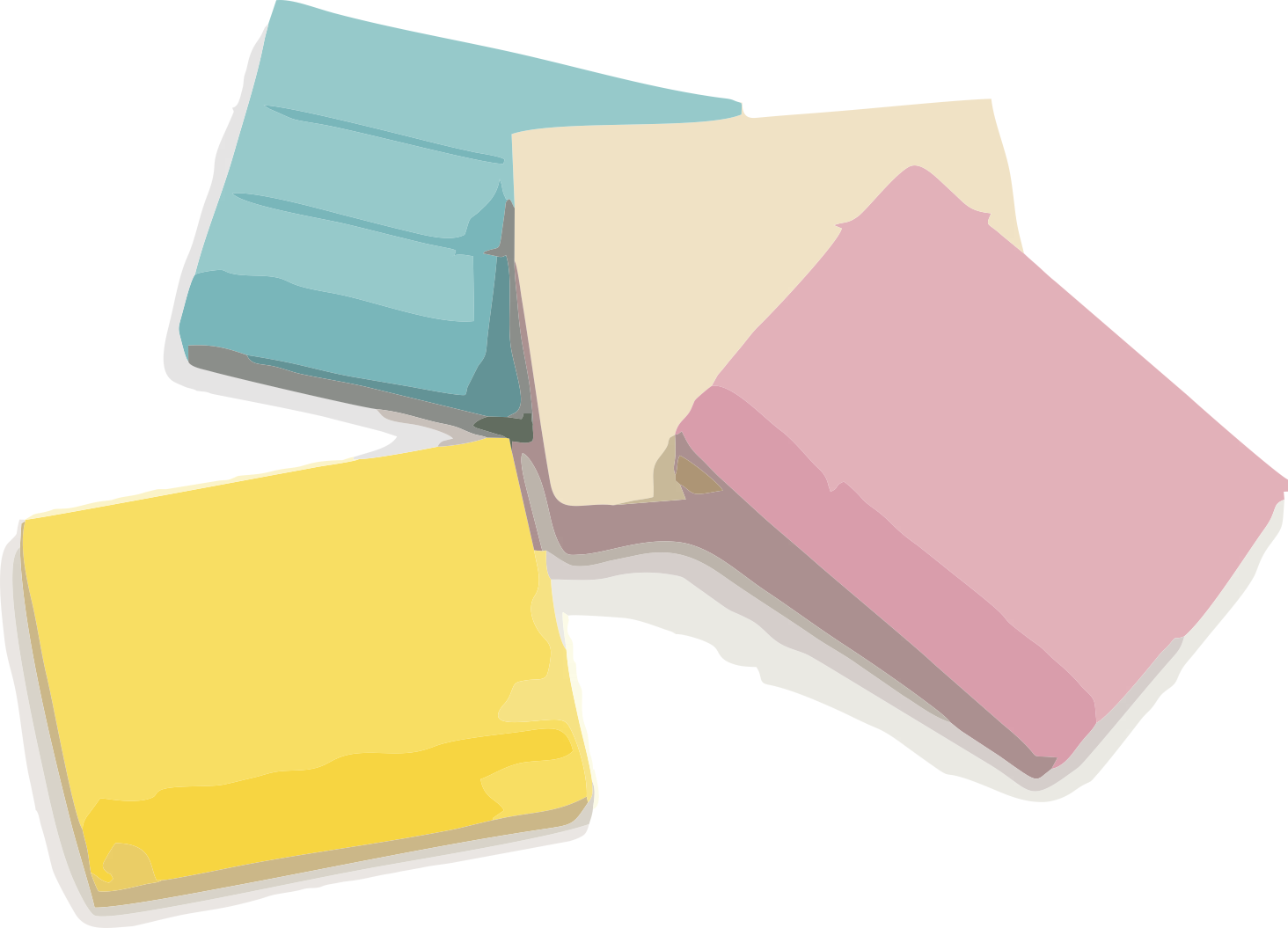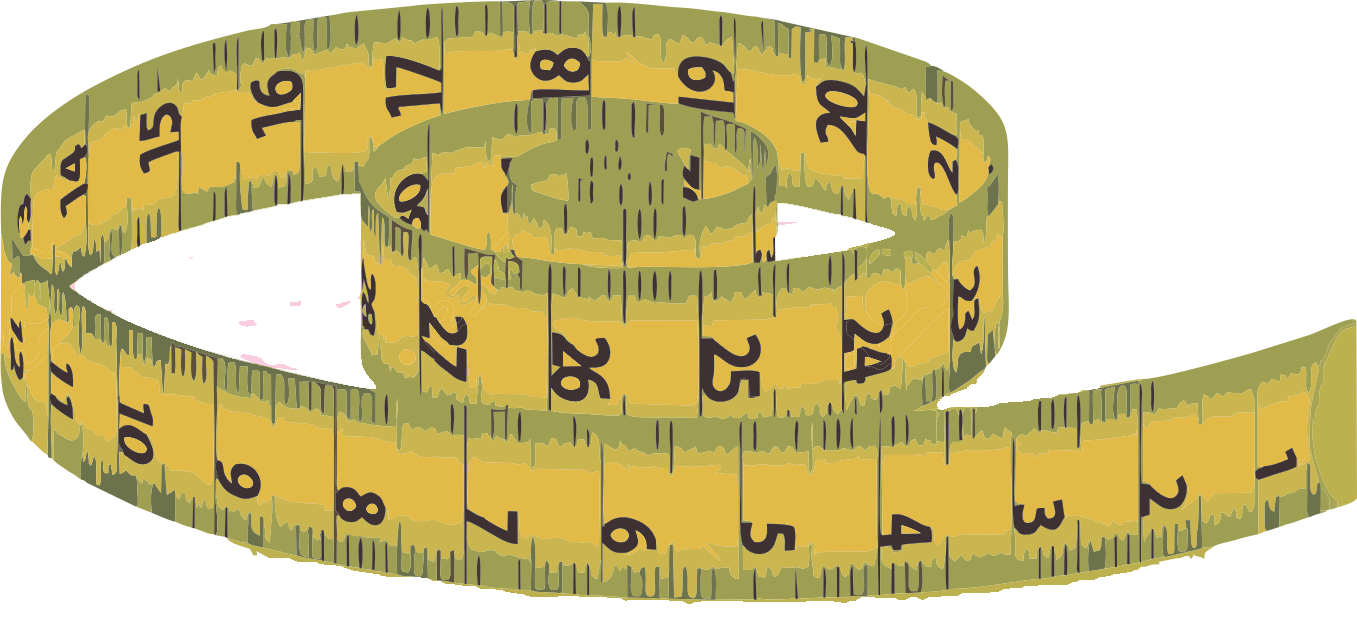Pattern Drafting
Flat Pattern Drafting
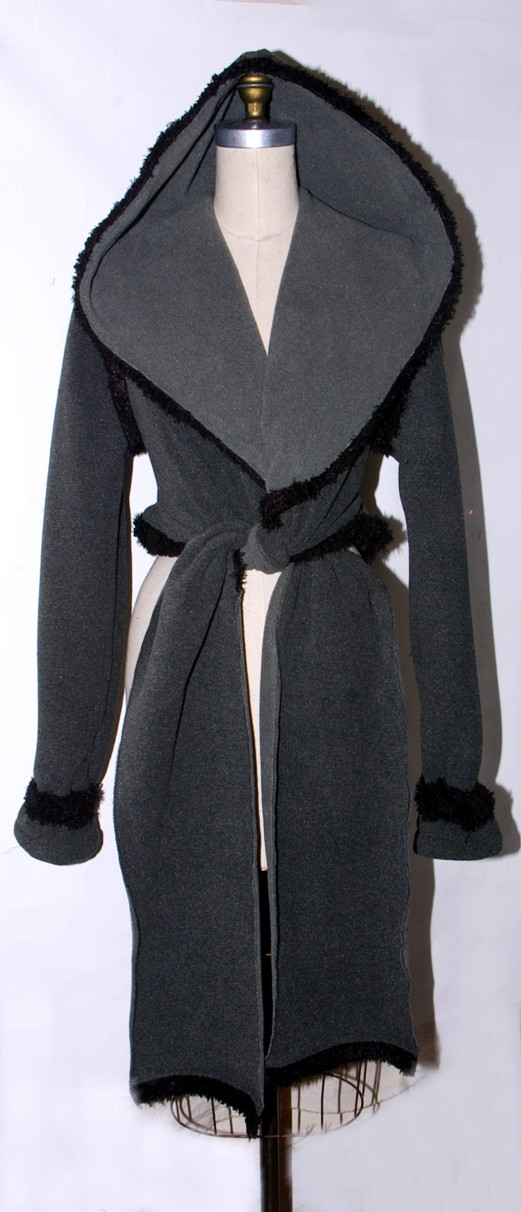
Drafting sewing patterns, often seems like a mystery to most sewists, If you have worked with commercial patterns and you have not been satisfied with the style or fit, you can easily create a pattern that is customized to your figure . While it certainly requires bit of practice and skill, you can learn pattern drafting. Here at E1S1 we will help you make the jump into pattern drafting. We are going to give you step by step instructions using original designs from Siro's Fashion in Design along with your personal measurements to help ensure proper fit. We will start with beginner patterns to intermediate patterns and advanced pattern designs.Our objective is to help you transition into being able to create your own designs
